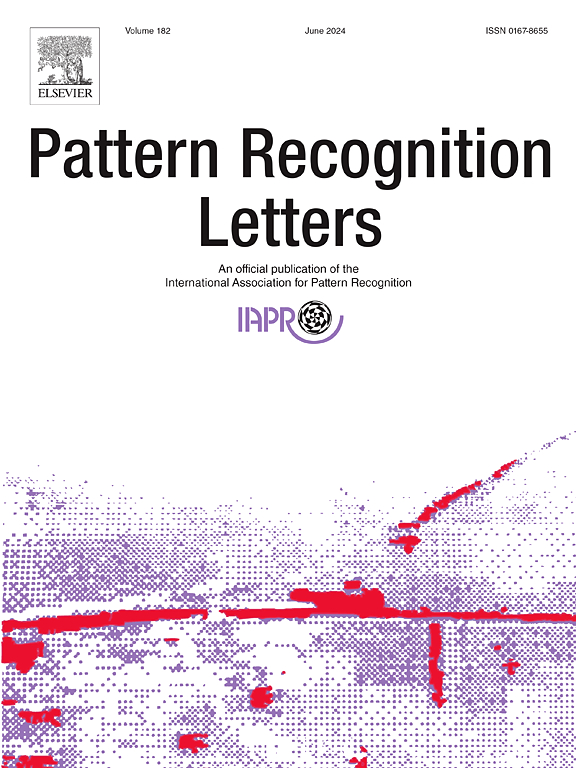Multi-stage intermediate fusion for multimodal learning to classify non-small cell lung cancer subtypes from CT and PET
IF 3.9
3区 计算机科学
Q2 COMPUTER SCIENCE, ARTIFICIAL INTELLIGENCE
引用次数: 0
Abstract
Accurate classification of histological subtypes of non-small cell lung cancer (NSCLC) is essential in the era of precision medicine, yet current invasive techniques are not always feasible and may lead to clinical complications. This study presents MINT, a Multi-stage INTermediate fusion approach to classify NSCLC subtypes from CT and PET images. Our method integrates the two modalities at different stages of feature extraction, using voxel-wise fusion to exploit complementary information across varying abstraction levels while preserving spatial correlations. We compare our method against unimodal approaches using only CT or PET images to demonstrate the benefits of modality fusion, and further benchmark it against early and late fusion techniques to highlight the advantages of intermediate fusion during feature extraction. Additionally, we compare our model with the only existing intermediate fusion method for histological subtype classification using PET/CT images. Our results demonstrate that the proposed method outperforms all alternatives across key metrics, with an accuracy and AUC equal to 0.724 and 0.681, respectively. This non-invasive approach has the potential to significantly improve diagnostic accuracy, facilitate more informed treatment decisions, and advance personalized care in lung cancer management.
多阶段中间融合多模式学习从CT和PET分类非小细胞肺癌亚型
在精准医疗时代,非小细胞肺癌(non-small cell lung cancer, NSCLC)的组织学亚型的准确分类是至关重要的,但目前的侵入性技术并不总是可行的,并且可能导致临床并发症。本研究提出了MINT,一种多阶段中间融合方法,用于从CT和PET图像中分类非小细胞肺癌亚型。我们的方法在特征提取的不同阶段集成了两种模式,使用体素融合在不同抽象级别上利用互补信息,同时保持空间相关性。我们将我们的方法与仅使用CT或PET图像的单模态方法进行比较,以证明模态融合的好处,并进一步将其与早期和晚期融合技术进行比较,以突出特征提取过程中中间融合的优势。此外,我们将我们的模型与现有的用于PET/CT图像的组织学亚型分类的中间融合方法进行了比较。我们的结果表明,该方法在关键指标上优于所有替代方法,准确率和AUC分别为0.724和0.681。这种非侵入性方法有可能显著提高诊断准确性,促进更明智的治疗决策,并在肺癌管理中推进个性化护理。
本文章由计算机程序翻译,如有差异,请以英文原文为准。
求助全文
约1分钟内获得全文
求助全文
来源期刊

Pattern Recognition Letters
工程技术-计算机:人工智能
CiteScore
12.40
自引率
5.90%
发文量
287
审稿时长
9.1 months
期刊介绍:
Pattern Recognition Letters aims at rapid publication of concise articles of a broad interest in pattern recognition.
Subject areas include all the current fields of interest represented by the Technical Committees of the International Association of Pattern Recognition, and other developing themes involving learning and recognition.
 求助内容:
求助内容: 应助结果提醒方式:
应助结果提醒方式:


